
Room ya Ceiling ki Height Kitni honi chahiye? Ideal/ Minimum / Standard height in feet for house
The standard height for a ceiling today is 9 feet, although if it is a second-story house, then the second story will have 8-foot ceilings. Moreover, you will typically see 6.5-foot ceilings in basements and a 12 to 18 foot pitched ceiling in an attic. This guide will take you through the standard ceiling height and go a bit more in-depth about.
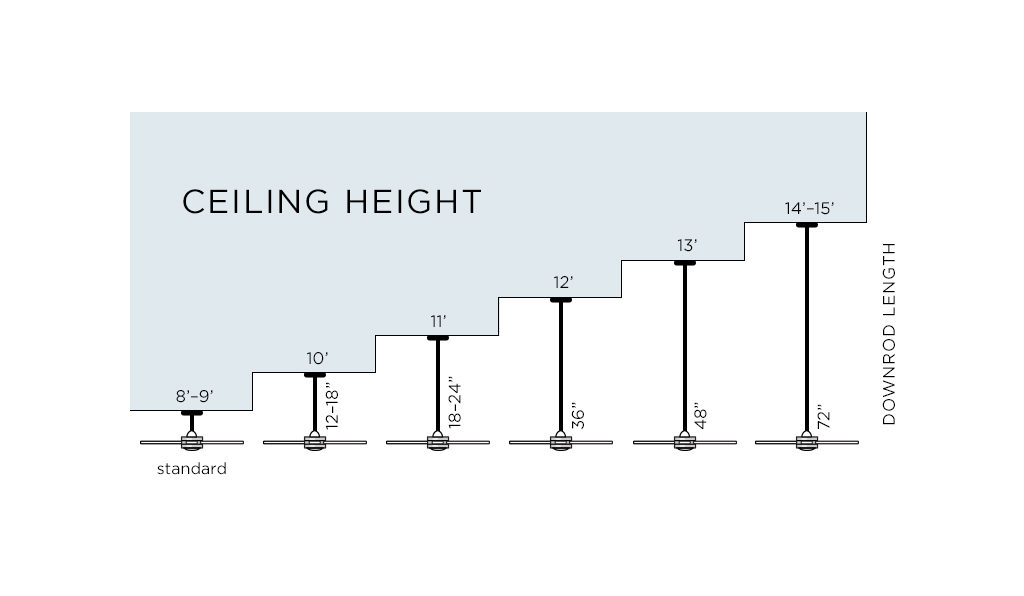
What Is The Average Ceiling Height
The standard ceiling height is similar to the average ceiling height. The difference is that the standard ceiling height is what most people use while the average ceiling height takes all the numbers and averages them out. When this happens, those with high ceilings will raise the "average ceiling height" which is why we use standard.

Ceiling height catalogue Tools For Architecture
Since then, ceiling heights have changed from 8 feet to 10 feet to 9 feet, which is today's standard ceiling height. Only time will tell whether consumer demand will, once again, change the average ceiling height. But, right now, it appears that contractors, architects, and buyers have found a happy medium of 9 feet.

Minimum Ceiling Height Standard Height of a Room Standard Ceiling Height YouTube
The standard ceiling height of bathrooms, however, tends to remain at 8 feet. Having said that, most people who live in warmer climates prefer higher ceilings that go beyond 9 feet high. This is because the difference in temperature at floor and ceiling level in a high ceiling room can be as much as 4 degrees celsius.

What is Minimum Ceiling Height Ceiling height, False ceiling, Basement ceiling
The height of a standard ceiling can vary depending on the location and the purpose of the room. In residential buildings, the typical height for standard ceilings is approximately 8 to 9 feet (2.4 to 2.7 meters). This height allows for adequate headroom and creates a sense of spaciousness in most living spaces.

Here's the Standard Ceiling Height for Every Type of Ceiling Bob Vila
The minimum floor-to-ceiling height of the living room, from top to bottom, must be at least 2.75 m or 9.5 ft. For air-conditioned rooms, the minimum ceiling height must be at least 2.4 m or 7 feet 8 inches, measured from the top of the floor to the lowest point of the AC duct, or a false ceiling must be provided. 2. Ceiling Height of BedRoom.
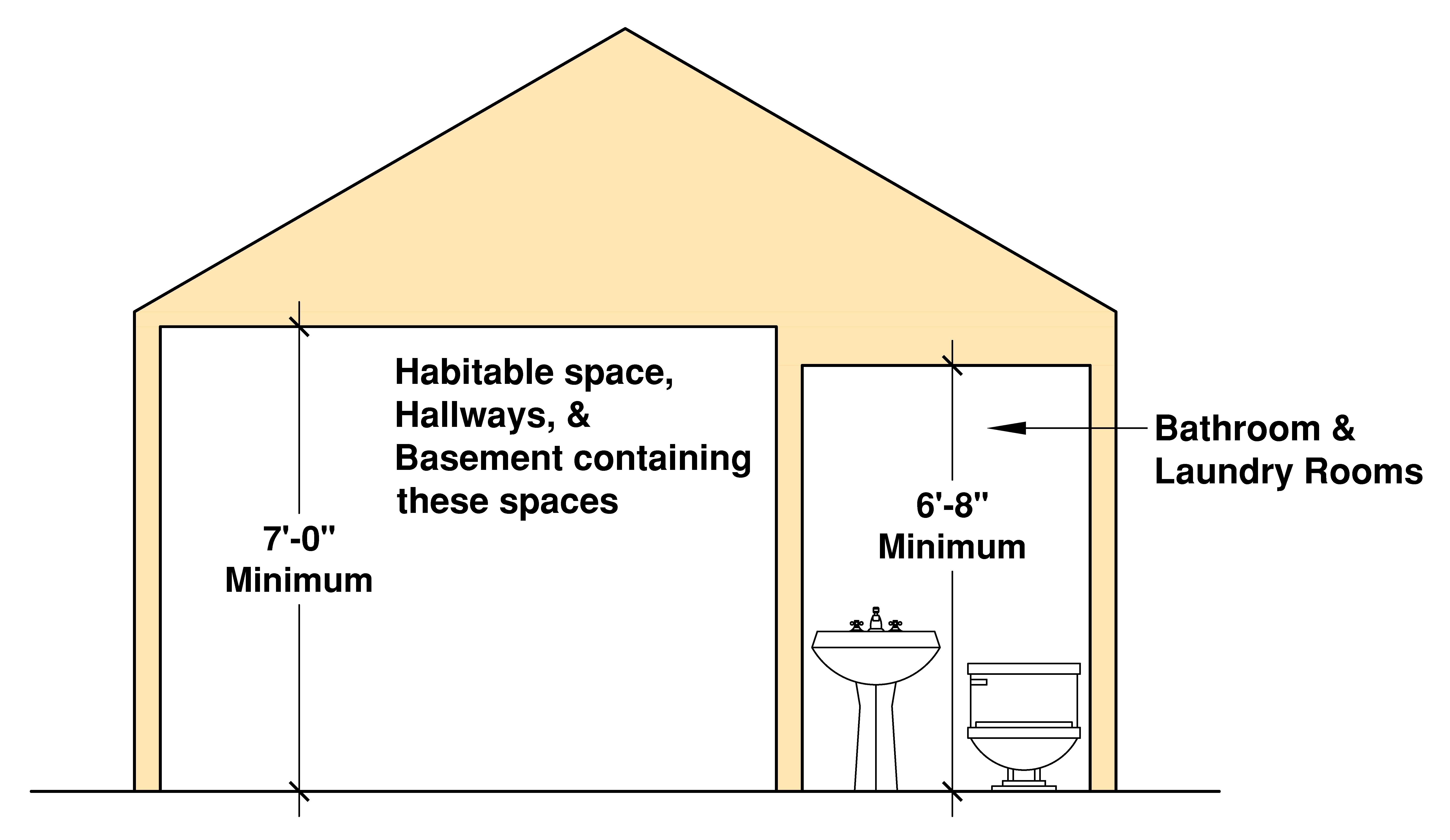
Minimum Ceiling Height Residential Massachusetts
Nowadays, Architects and engineers keep the floor-to-ceiling height about 10 feet in most cases. Again let's understand this fact also. So, the standard height of the ceiling is 10 ft for a normal residential house. The standard ceiling height from the floor is about 10 feet. Deducting the thickness of the slab becomes 9 feet 6 inches.
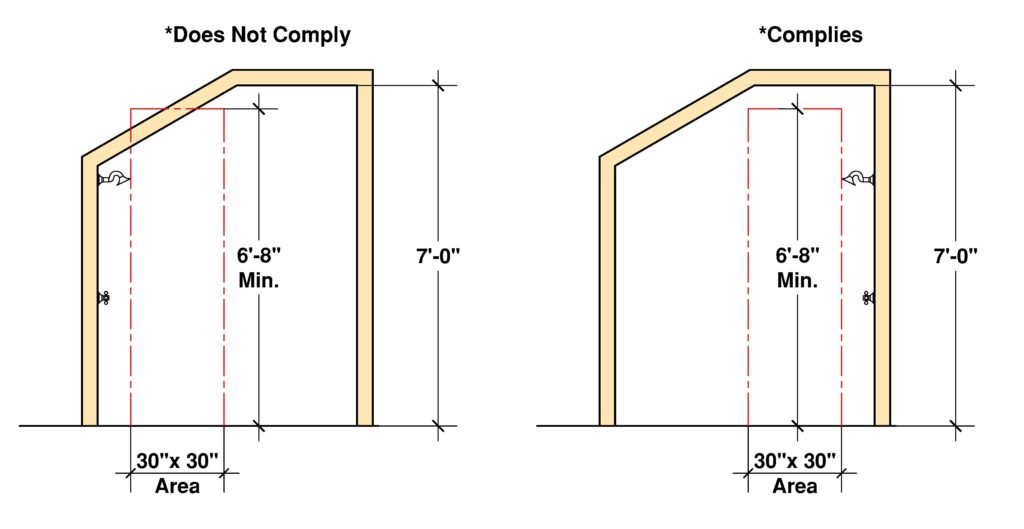
Standard Ceiling Height Us Shelly Lighting
The average or standard ceiling height as of present is 9 feet. This wasn't the case before since, at some point, the standard ceiling height was 10 feet. Nevertheless, now, most contractors have agreed on 9 feet. Unfortunately, you may come across 8-feet ceilings since many boards come in eight-foot pieces.
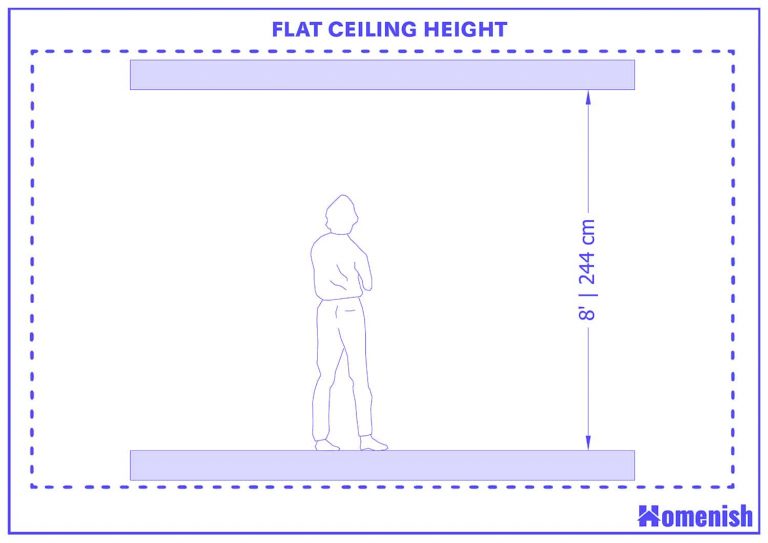
Standard Ceiling Height The Ultimate Guide (with 8 Diagrams) Homenish
Typically, the average bed height ranges from 1.5 ft to a maximum of 2 ft. Let's assume it's 2 ft for now. Additionally, if you install a ceiling fan, it usually requires around 1.5 ft of clearance from the ceiling. As a result, the distance from the bed to the ceiling fan is just 4.5 ft, which is shorter than the stature of many individuals.

Raising Basement Ceiling Height What You Need to Know 2023 Build Better House
As you know, the average height of a person is about 5 feet 5 inches. When the hands are raised, it becomes 6 feet 6 inches. Hence, the standard ceiling height for most American homes is derived from this minimum height. Also, the minimum door height is about 7 feet. This is because the average human height becomes 6 feet 6 inches with hands.

How Tall Is Floor To Ceiling Viewfloor.co
The kitchen: Being a central area that is continuously used, it should be at least 9 feet 6 inches or 2.75m. A bedroom: Since it is a place of relaxation, the standard ceiling height is 7 feet 6 inches or 2.3m. A storeroom: It may be attached to the kitchen area. Its ceiling height is not less than 7 feet 6 inches.

Standard Ceiling Heights Australian Legal Requirements
On the ground floor, in the mid-twentieth century, an 8 foot ceiling was the norm. These days 9 foot is considered 'standard' but many people go higher as everyone looks for that feeling of space and light. 12 foot ceilings are not uncommon in modern houses. On the upper floors, 8 ft ceilings are generally what you will find in most houses.

Standard ceiling height in London Powerpillar
According to the National Building Code (NBC), the standard ceiling height is ninety-six inches, or eight feet; for suspended ceilings; the minimum height is ninety inches, or seven and a half feet. But nine- and ten-foot ceilings are now common, not only in living rooms and kitchens, but also in bedrooms. Even taller ceilings are appearing in.

Minimum Residential Ceiling Heights Per the IRC Explained!
Standard Ceiling Height. A standard ceiling height of 8 feet is widely considered the minimum height for optimal functionality in American homes. This height allows for comfortable movement and flexibility in most rooms, including bedrooms, living rooms, and kitchens. However, this height may create a cramped feel in larger rooms and may not be.
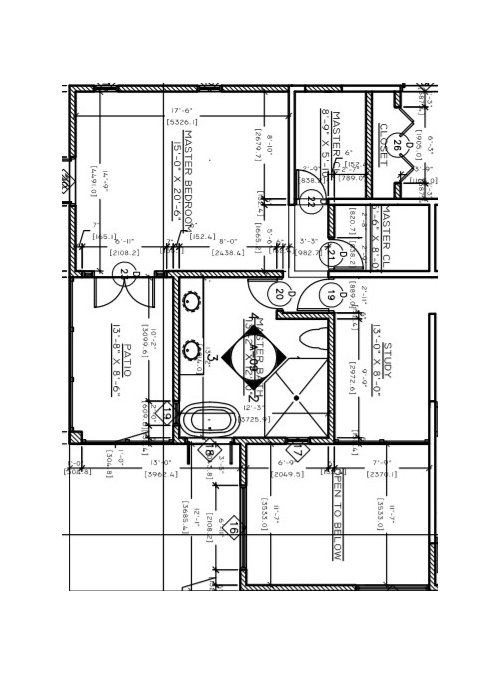
How To Show Ceiling Height In Floor Plan floorplans.click
Most ceilings in the US are about 9 feet high, but they can be higher or lower depending on the rules, the style, and what you like. Older homes and apartments will have 8 feet ceilings as an average ceiling height in a home. You want to pick the right ceiling height that works for you and makes your space look and feel great.

AGuideToStandardCeilingHeight(2) Bayside Plasterboard
Generally speaking, the minimum ceiling height for rooms to qualify as habitable living spaces is typically 7 feet. When you look at standard ceiling heights, it's closer to 8 feet, mainly because of the dimensions of certain building materials, like timber and sheetrock boards. But that doesn't mean many homes don't go far beyond 8-foot.